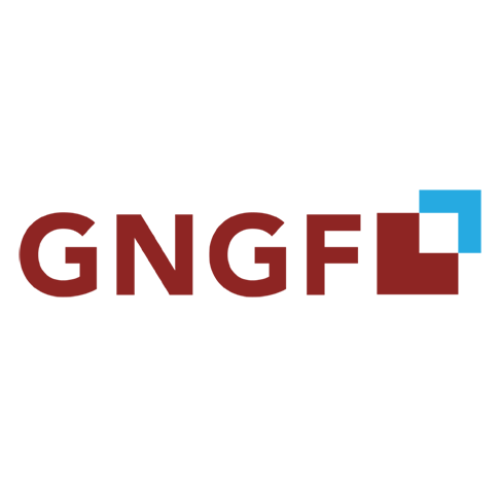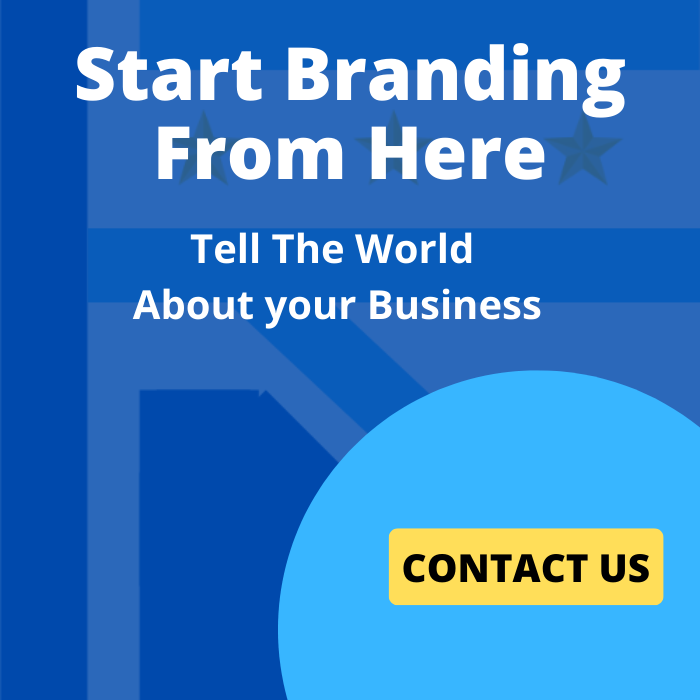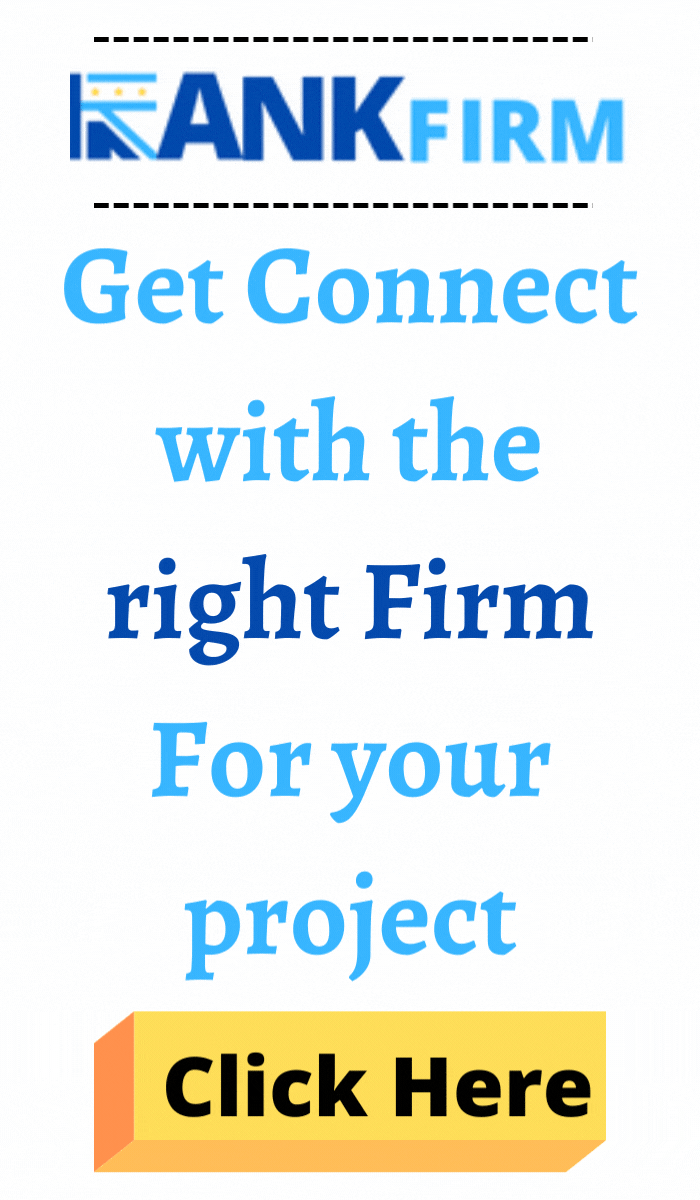
Top Accessibility Mobile App Development Companies
Accessibility mobile app development companies specialize in building inclusive and user-friendly applications tailored for people with disabilities. These companies integrate features like screen reader support, voice commands, high-contrast UI, closed captions, and keyboard navigation to ensure apps meet ADA and WCAG compliance standards. Whether you’re developing for iOS, Android, or both, these expert teams help deliver seamless digital experiences for all users. On this page, explore a curated list of top-rated accessibility app developers, compare their services and reviews, and choose the right partner to create apps that empower everyone—regardless of their physical or cognitive abilities.
List of the Best Accessibility Mobile App Developers | Top Accessibility Mobile App Development Companies in the World

-
Employees: 11 to 50
-
Min. Project amount: $25000
-
Country: USA

FindLaw
-
Employees: 1,001 to 5,000
-
Min. Project amount: $25000
-
Country: USA
-
Employees: 11 to 50
-
Min. Project amount: $25000
-
Country: USA
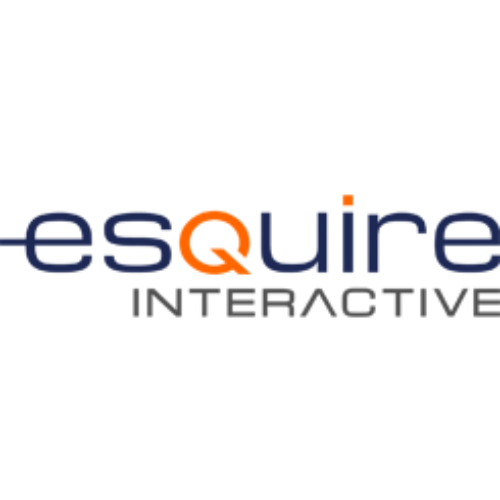
Esquire interactive
-
Employees: 2 to 10
-
Min. Project amount: $25000
-
Country: USA

Webslaw
-
Employees: 11 to 50
-
Min. Project amount: $25000
-
Country: USA
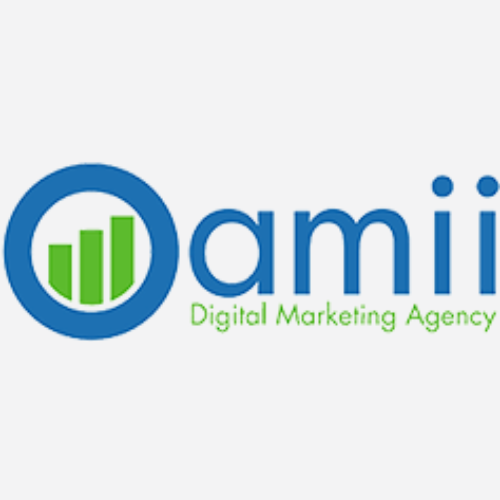
Oamii
-
Employees: 11 to 50
-
Min. Project amount: $25000
-
Country: USA

Legal In Sites
-
Employees: 2 to 10
-
Min. Project amount: $25000
-
Country: USA
-
Employees: 2 to 10
-
Min. Project amount: $25000
-
Country: USA
-
Employees: 11 to 50
-
Min. Project amount: $25000
-
Country: USA

Culbertson Resources
-
Employees: 2 to10
-
Min. Project amount: $25000
-
Country: USA
1.What Is an Accessibility Mobile App Development Company?
An accessibility mobile app development company focuses on designing and building applications that can be used effectively by people with a wide range of disabilities. These companies play a crucial role in promoting digital inclusivity and ensuring equal access to technology.
Focus on Inclusive Design
These development companies adopt inclusive design principles, ensuring that mobile apps are intuitive and usable for individuals with:
Visual impairments (e.g., blindness, low vision, color blindness)
Hearing impairments (e.g., deafness or hard of hearing)
Motor impairments (e.g., limited hand movement or dexterity)
Cognitive disabilities (e.g., dyslexia, memory loss, learning difficulties)
Compliance with Accessibility Standards
To meet legal and ethical standards, these companies ensure that apps comply with well-established guidelines such as:
WCAG (Web Content Accessibility Guidelines)
ADA (Americans with Disabilities Act)
Section 508 (U.S. government accessibility requirements)
These regulations provide the framework for building mobile apps that are accessible to users with different abilities.
Technological Expertise
Accessibility mobile app developers leverage tools and frameworks such as:
VoiceOver (iOS) and TalkBack (Android) for screen reader support
Closed captioning and transcription tools for audio/video content
Custom gestures, haptic feedback, and voice control for alternative input methods
They also integrate features like adjustable font sizes, color contrast options, and assistive navigation tools.
Why Businesses Should Care
Creating accessible apps is not just about compliance—it opens up products and services to a broader audience, enhances brand reputation, and can provide a competitive advantage in today’s digital landscape.
2.Why Is Accessibility Important in Mobile Apps?
Accessibility in mobile app development goes beyond just technical compliance—it’s about creating inclusive digital experiences that cater to everyone, including individuals with disabilities. Here’s why it’s essential:
1. Promotes Digital Inclusion
Accessibility ensures that users with visual, auditory, motor, or cognitive impairments can navigate, understand, and use your app effectively. By considering diverse user needs, you create an environment where everyone has equal access to your services.
2. Expands Your User Base
Millions of people worldwide live with some form of disability. By making your app accessible, you’re not only doing the right thing—you’re also tapping into a largely underserved market, increasing engagement and adoption across a broader demographic.
3. Legal and Regulatory Compliance
In many countries, accessibility is a legal requirement. Laws such as the ADA (Americans with Disabilities Act), Section 508, and EU Accessibility Act mandate that digital products meet certain accessibility standards. Non-compliance can lead to lawsuits, fines, and reputational damage.
4. Enhances User Experience
An accessible app often results in better usability for all users, not just those with disabilities. Features like clear navigation, readable fonts, and voice commands improve the overall user experience, leading to greater satisfaction and retention.
5. Strengthens Brand Image
Prioritizing accessibility reflects a commitment to inclusivity, empathy, and innovation. It helps build a positive brand reputation, showing your organization as socially responsible and forward-thinking.
3.What Features Should an Accessible App Include?
To ensure inclusivity and usability for all users, especially those with disabilities, accessible mobile apps must be thoughtfully designed with key accessibility features. Below are the essential elements every accessible app should incorporate:
1. Screen Reader Compatibility
Apps should work seamlessly with screen readers like VoiceOver (iOS) and TalkBack (Android) to convey content audibly for users with visual impairments. Labels, buttons, and navigation elements must be properly tagged for screen reader interpretation.
2. Voice Control and Commands
Support for voice commands allows users with limited mobility to interact with the app hands-free. This is especially helpful for navigating menus, entering text, or performing actions via speech.
3. High-Contrast Color Schemes
Using high-contrast themes ensures better visibility for users with low vision or color blindness. The design should avoid relying solely on color to convey meaning.
4. Adjustable Text Size and Font Options
Users should be able to resize text or change font styles within the app settings or via system preferences, improving readability for users with visual impairments or dyslexia.
5. Captions and Transcripts for Audio/Video
Include closed captions for videos and transcripts for audio content to support users who are deaf or hard of hearing. This also benefits users in noisy or sound-sensitive environments.
6. Keyboard and Switch Device Support
Support for external keyboards, switch controls, or assistive hardware is essential for users with motor disabilities who rely on alternative input methods.
7. Alternative Text for Images (Alt Text)
All important images and icons should include descriptive alt text, so users relying on screen readers understand visual content and context.
4.How Much Does It Cost to Build an Accessible Mobile App?
The cost of developing an accessible mobile app can vary significantly based on a number of factors, including the type of app, the depth of accessibility integration, and the required platform support (iOS, Android, or both).
Basic Accessible Apps: $20,000–$40,000
These typically include core accessibility features such as screen reader compatibility, resizable text, and high-contrast themes. Ideal for simple apps or MVPs focused on compliance with standard guidelines like WCAG 2.1 Level AA.
Moderate to Complex Apps: $50,000–$100,000+
Apps with advanced functionality—such as voice control, full video captioning, gesture navigation alternatives, multilingual accessibility, or deep integration with assistive devices—fall into this range. These apps often require extensive user testing, iterative design changes, and custom development for compliance with ADA, Section 508, or similar regional regulations.
Factors Influencing Cost
Number of features and screens
Platform-specific customizations
Compliance testing and audits
Design system adjustments for inclusivity
Integration with third-party accessibility tools
Making accessibility a priority may increase upfront costs, but it also broadens your audience, reduces legal risk, and boosts long-term user satisfaction..

